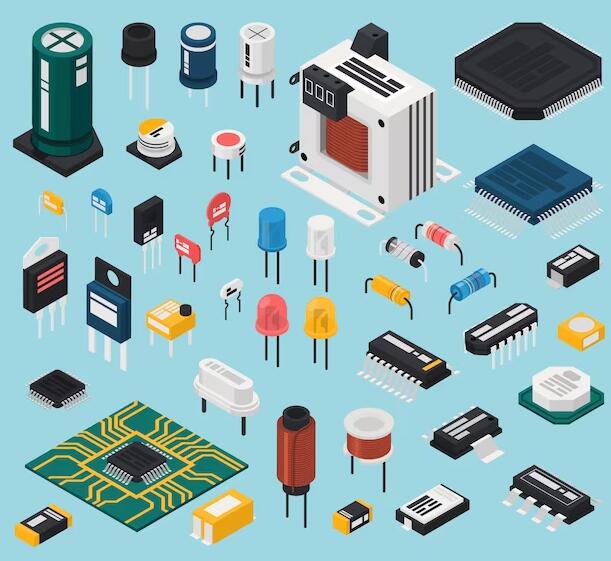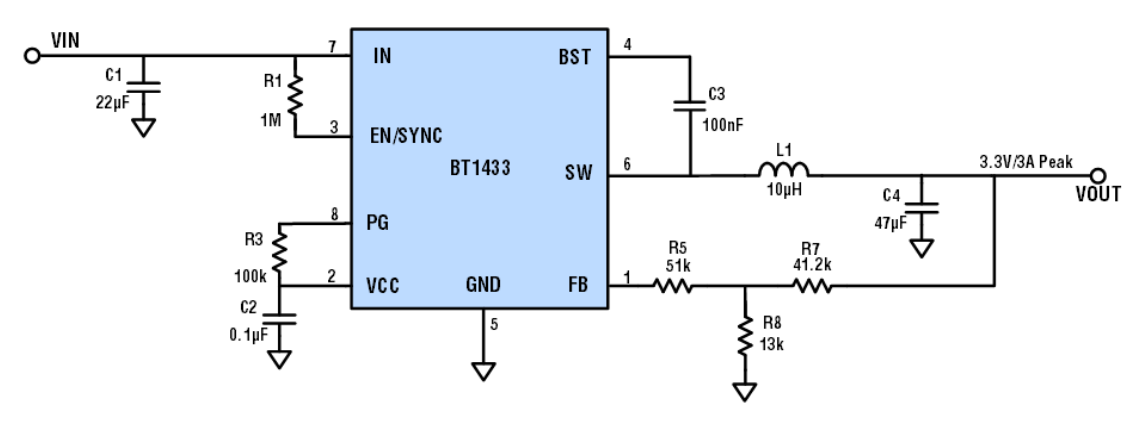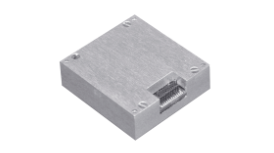Connectors: The Magicians of Electronic Transmission
12/30/2024 9:58:28 PM
In modern electronic devices and systems, connectors are essential components in electronic circuits as key components for current, signal and data transmission. Their main function is to transmit electrical signals or power between circuit units without permanent connection. Whether inside or outside electronic devices, connectors play a vital role, not only ensuring effective connections between devices inside and outside electronic systems, but also promoting the rapid development and diversified applications of technology.
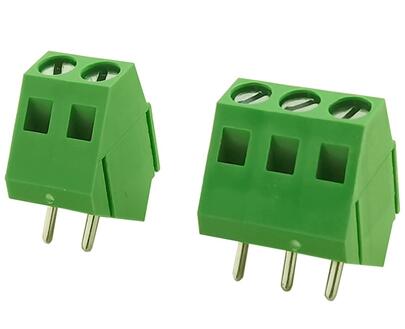
Definition and principle
A connector is a device that connects two active devices. It is an electronic component for the transmission and exchange of current or optical signals between electronic system devices. As a node, it is used to establish temporary or permanent electrical connections within or between circuits. They can be simple pins and sockets or complex integrated circuit interfaces. The main function of the connector is to transmit current or signals while providing mechanical support and environmental protection.
The working principle is based on the principle of electrical contact. When the contact points of two connectors are docked, an electrical path between them is established, allowing current or signals to pass. The design of the connector must ensure the reliability and durability of the contact points to ensure long-term stable connection.
Structure and classification
The connector is mainly composed of four basic structural components: shell, contact, insulator and accessories. The shell is used to protect the internal contact and insulator to prevent interference from the external environment; the contact is the core component of the connector, responsible for the transmission of current and signal; the insulator is used to isolate the contact to prevent short circuit; accessories include positioning devices, locking devices, etc., which are used to ensure the correct installation and fixation of the connector.
Connectors can be classified according to different standards. According to the transmission medium, they can be divided into electrical connectors, optical connectors and fluid connectors; according to the shape, they can be divided into circular connectors, rectangular connectors, strip connectors and D-type connectors, among which circular connectors and rectangular connectors are the most common; according to the structure, connectors are divided into threaded connectors, straight-in connectors, pin connectors, push-pull connectors and bayonet connectors; according to the application scenario, they can be divided into automotive connectors, communication connectors, industrial connectors, consumer electronics connectors, etc. In addition, they can also be classified according to characteristics such as termination method, transmission speed, and frequency response.
Performance characteristics
The basic performance of connectors can be divided into three categories: mechanical performance, electrical performance and environmental performance. Mechanical performance refers to the ability of connectors to work normally under various mechanical external force impacts, such as plug-in force and mechanical life; electrical performance includes contact resistance, insulation resistance, dielectric strength and electromagnetic interference shielding effect; environmental performance refers to the ability of connectors to maintain normal operation in various environments, such as temperature resistance, moisture resistance, salt spray resistance, vibration, impact, etc. According to the use requirements, there are some other environmental performances, such as sealing, low air pressure, etc.
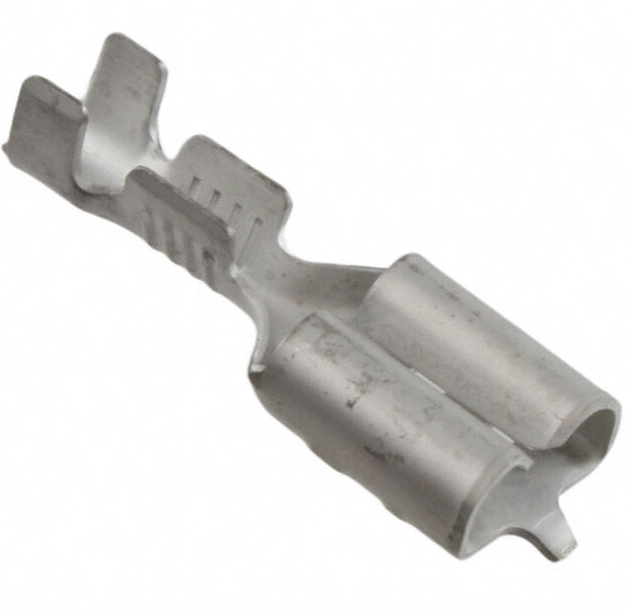
Application
Connectors are widely used in various electronic devices, including but not limited to computers and servers, mobile devices, automotive electronics, industrial automation and other fields. For example, in computers and servers, connectors are used to connect components such as motherboards, memory, and hard disks; in mobile devices, connectors are used for charging, headphone connections, etc.; in automotive electronics, connectors are used to connect in-vehicle entertainment systems, sensors, control units, etc.; in industrial automation, connectors are used to connect robots, sensors, control panels, etc.
Connectors are an indispensable part of modern electronic technology. They enable complex electronic systems to connect and communicate flexibly and reliably. With the continuous advancement of technology, the design and function of connectors are also constantly evolving to meet higher performance requirements and a wider range of application scenarios.

